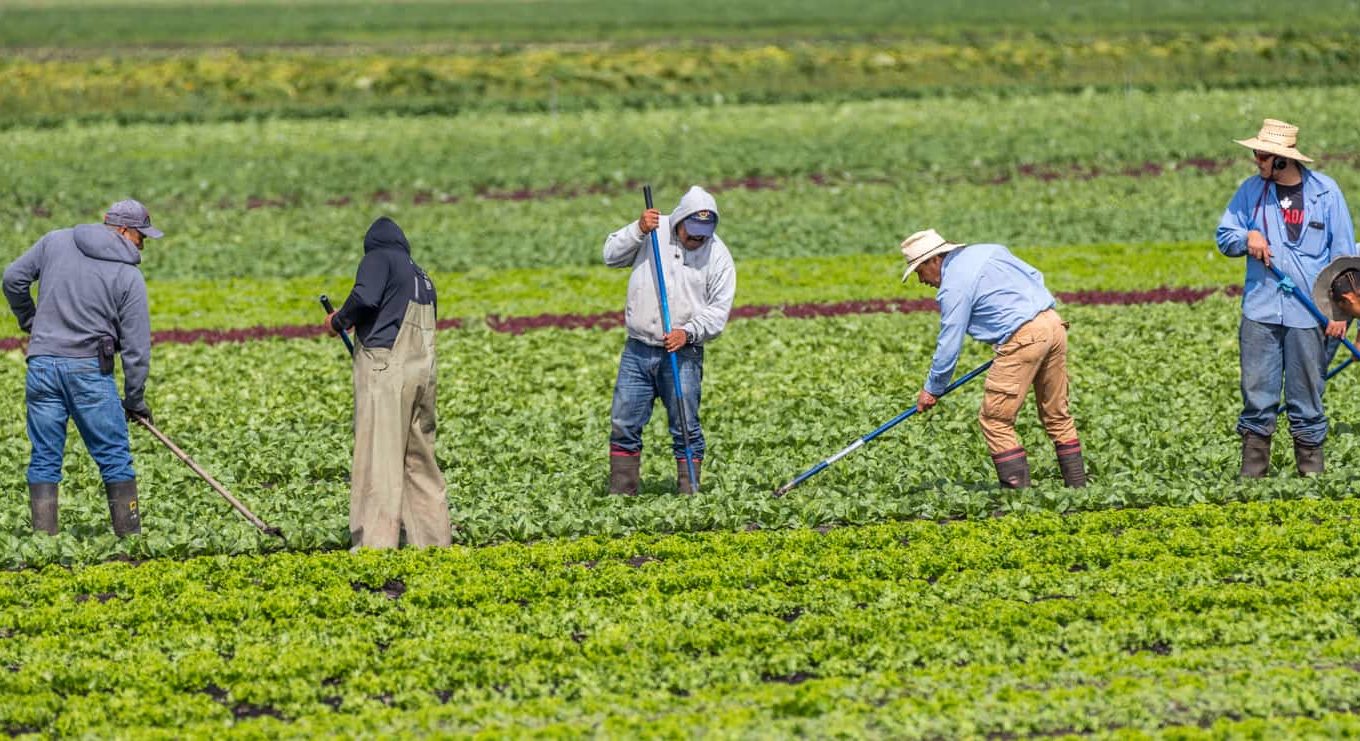
According to a study based in the U.S., immigrants do improve the safety of native citizens by working in more dangerous occupations.
Much of the criticism of immigration surrounding immigration is that newcomers take jobs away from native-born citizens. This logic implies that there are a finite number of jobs and that immigration does not drive job growth.
In Canada, immigration creates both employment and population growth. But in some cases, immigrants or temporary workers do take the jobs that lower-skilled Canadians could do. These jobs are often agricultural or labour-intensive and thus more prone to workplace accidents.
Additionally, immigrants displacing low-skilled native citizens push blue-collar workers to specialize, increasing their earnings over time. In turn, immigrants working in riskier positions are then displaced by new rounds of newcomers and they too will be forced to specialize, improving their employment outcomes.
So how does immigration improve the safety of native-born citizens?
According to research done on the U.S. labour market, immigration improves both employment and safety outcomes of native-born citizens.
Immigration can allow natives to work in jobs that have better schedules, lower injury rates, and are less physically intensive.
There are still concerns about immigrant labourers. If native-born citizens aren’t working in dangerous occupations, that means that immigrant labourers are. But evidence suggests immigrants are still likely to work in safer conditions than in their countries of origin.
If immigration improves health outcomes for native citizens, does that come at the expense of immigrants?
The short answer is, it depends on how you look at it. Studies have shown that while immigrants and temporary workers are filling more dangerous occupations, they are still working in safer conditions than in their home country.
Nonetheless, these strenuous occupations, even if safer than in their home country, do take a toll on the health of newcomers. There is also the fact that if immigrants perceive their jobs more positively because of their improved wages or conditions, they may take more risks at work, thus increasing the likelihood of workplace injury.
How does this translate to Canada?
Public policy needs to consider the fact that immigrants are working in more dangerous roles than native-born citizens. We are starting to see this play out with new regulations for employers of temporary agricultural workers. But these additional measures are for controlling and minimizing the spread of COVID-19 among temporary foreign workers.
We need stronger workplace safety guidelines to prevent injury or longterm negative health impacts on workers as well.
For example, ensuring that workplace safety regulations are translated into other languages so workers can better understand them. Employers should also have managerial staff that also understand other languages to ensure that workers can report concerns. Finally, we need to ensure that workers fully understand their rights in Canada and that their employment will not be in jeopardy if they report workplace safety risks.